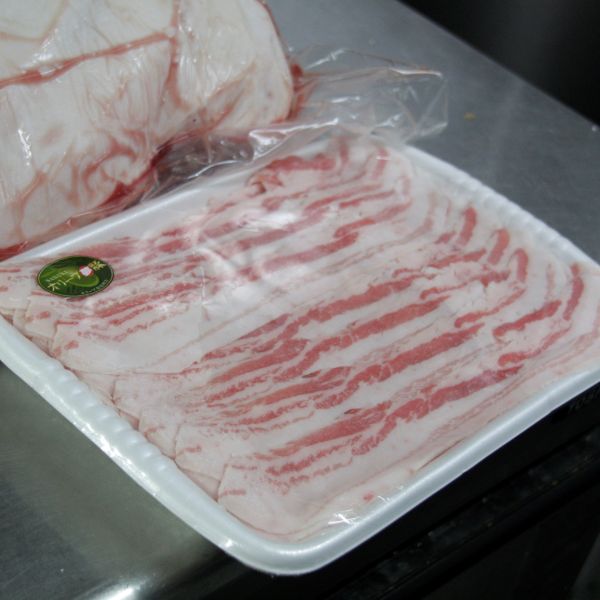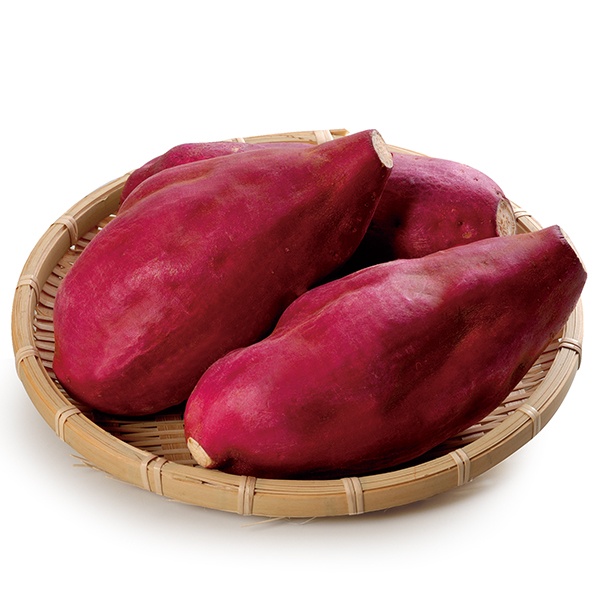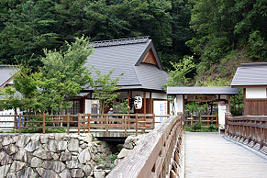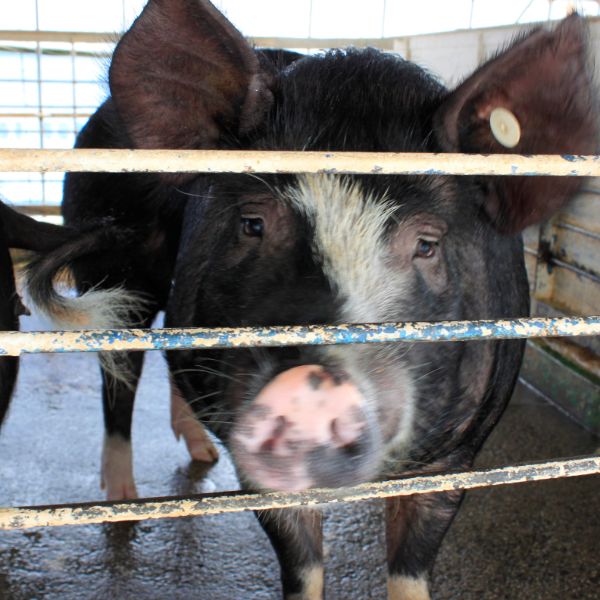LOVE Sanuki's report
70th White Miso
One of the major projects of Yoshimoto, "A project to live in your town", to make Japan feel good from the area. Entertainer "Kaji Tsuyoshi" who lives in Kagawa reports on local products.
reporter

KAJI Tsuyoshi
NSC Osaka school 22nd grade
2005 Formed "Katsuyama Kaji" with Moody Katsuyama
2008 ABC Comedy Newcomer Grand Prix Newcomer Award
2010 Active as a pin entertainer
Birthplace: Mitoyo City, Kagawa Prefecture Born March 1981, 3
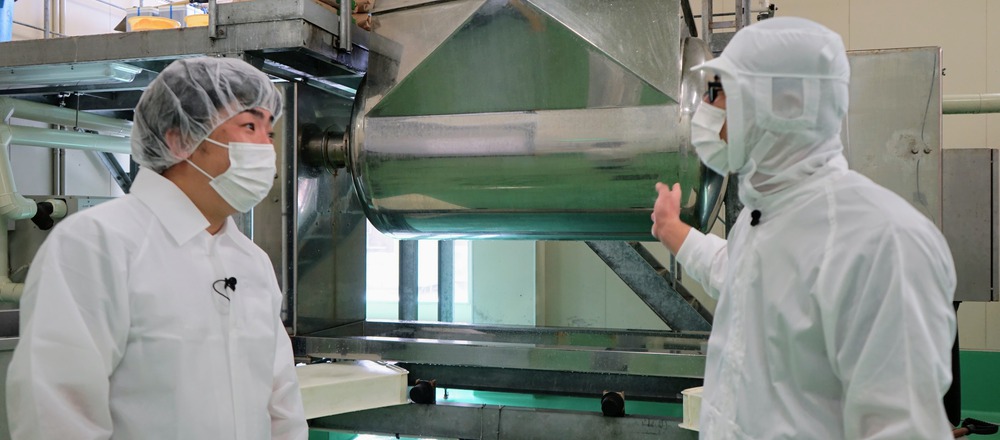
White miso, a seasoning that is indispensable for local cuisine in Kagawa prefecture.
In order to produce a mellow sweetness and a beautiful yellow color that shines in the dishes, we use a manufacturing method unique to Sanuki's white miso and various ingenuity.I came to Izutsu Miso in Kanonji City.
-
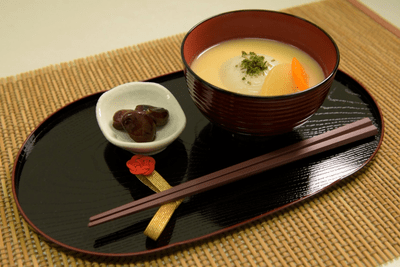
Sanuki's white miso from Kyoto during the Heian period
Speaking of white miso, it is popular in Kagawa as an indispensable seasoning for New Year's "Anmochi Zoni".
“Anmochi Zoni has become known nationwide on TV, but white miso has long been a favorite seasoning in the local area,” says Miso Tsuji.
Examples are "Karashi miso" and "Spanish mackerel miso-zuke" that are added to the standard oden at a udon restaurant in Kagawa. -
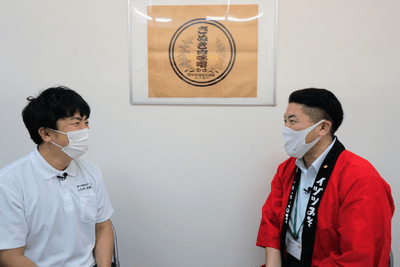
It is said that white miso originated in Kyoto, and Emperor Sutoku, who was defeated by the Hogen rebellion in 1156 during the Heian period and was swept away in Sanuki no Kuni, misses the capital. Then, there is a theory that it started when Sanuki people made white miso.
At that time, rice was precious, so white miso made with a lot of rice was so precious that it could only be eaten by aristocrats. -
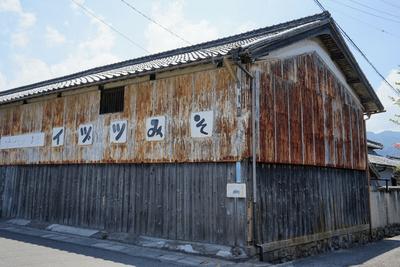
Izutsu Miso was founded in 1931 and continues to manufacture miso while preserving tradition.Before the war, it was sold mainly in Kagawa prefecture, but after the war, it expanded to Keihanshin with the development of traffic.We have devised a method of making Sanuki's white miso so that it will be familiar to the people of Keihanshin, the birthplace of white miso.
-
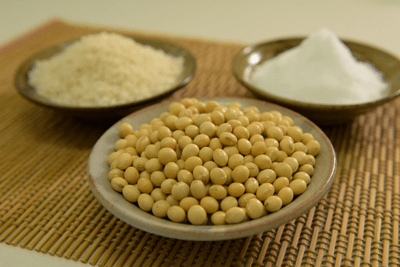
Sanuki's white miso's original manufacturing method "Atsujikomi"
The ingredients for white miso are rice, salt and soybeans.Izutsu Miso adds starch syrup to it.
"Is Sanuki's white miso sweet because we add starch syrup?" Kaji says.
"Many people misunderstand that, but I add starch syrup to give the white miso a beautiful luster," said Mr. Umemoto of the manufacturing department.Since the amount of starch syrup is small, it does not affect the sweetness of white miso.The sweetness of Sanuki's white miso is born from a unique method called "heat preparation".
The process of white miso is roughly divided into five.
(1) Steam rice to make rice jiuqu
(2) Boil soybeans
(3) Add rice jiuqu and soybeans
(4) Aging
(5) Grind to complete
Rice koji and soybeans are brewed by a method called "heat brewing." -

Kaji changed his clothes and went to the factory.Mr. Umemoto showed us around the factory.
General miso is prepared with cold soybeans, but Sanuki's white miso is prepared by mixing freshly boiled soybeans, rice and salt. Ferment while keeping at 50 ℃. -
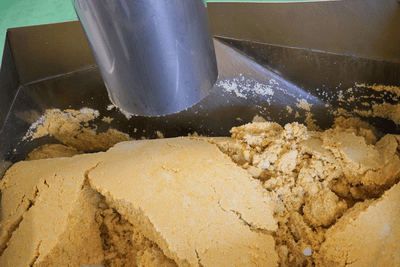
“Because it is prepared while it is still hot, it is called“ heat preparation ”,” says Kaji.
"If you prepare it in a hot state, the starch in the rice will easily turn into sugar, which will bring out the sweetness. At the same time, the protein in the soybean will turn into umami."
“The sweetness of the rice that is pulled out becomes the sweetness of white miso,” says Kaji. -
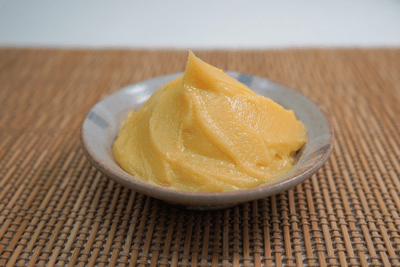
A beautiful yellow secret that shines in cooking
Another feature of Sanuki's white miso is the beautiful yellow color that shines in the dishes.Not only the mellow taste but also the beautiful color is one of the reasons why it is useful as a seasoning.
We are making various efforts to bring out the colors beautifully. -
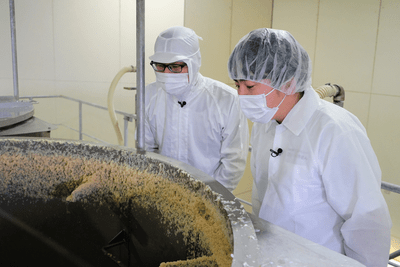
Soybeans turn grayish when boiled with the skin on, so they are boiled after peeling.In addition, the boiling water is changed many times to remove excess soybean pigment.Kaji was also impressed by the fact that the beautiful yellow color was made with great effort.
-
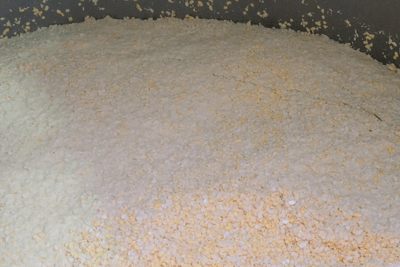
"White miso is manufactured in five steps each day in a week. General miso is aged for half a year to a year before shipping, but Sanuki's white miso is made and shipped overnight. Sanuki's white miso is a delicious miso that is freshly made. "
-
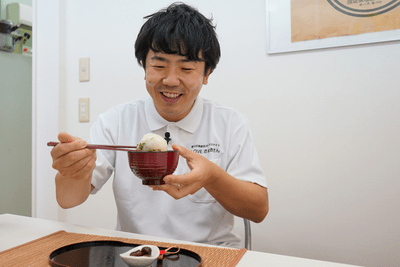
Expand ideas on how to eat white miso
First of all, Mr. Tsuji said, "Please try Sanuki's white miso," the standard dish of white miso, Anmochi Zoni.The slightly yellowish white miso broth is appetizing.
Kaji says, "I like the sweet and sour taste of mochi bean paste and white miso. It's an indispensable taste for Sanuki's New Year." -
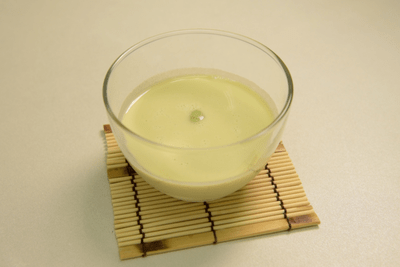
The image of white miso is that it is eaten in winter, but Tsuji-san devised a dish that was devised so that it could be eaten deliciously in summer as well.Grind edamame, a summer vegetable, and add soy milk and white miso.
Kaji was surprised at the first taste, saying, "The aroma is very good. Edamame and white miso complement each other."
Recipe for "cold white soybean soybean soup"
("Kagawa no Shoku" Happy Project Site) -
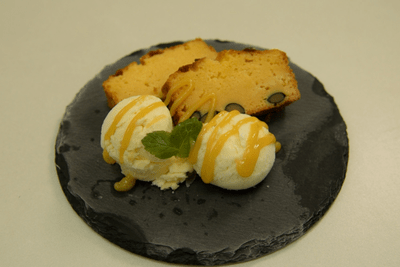
The last is the sweets of "white miso pound cake + white miso ice cream".
It seems that the sweets were born from the voice of customers saying that there is a surplus of white miso for the New Year.The black soybeans that accent the pound cake are inspired by the black soybeans left over from the New Year dishes.
Ice cream has a deep richness by mixing white miso.The sauce for ice cream is also a special dish called white miso sauce. -
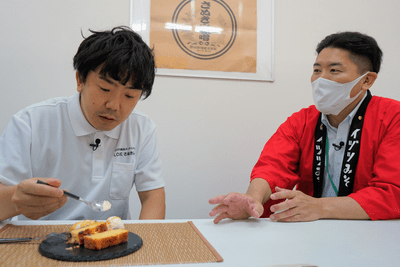
"It's insanely delicious. The saltiness of the white miso tightens the taste. It's amazing that the aroma of the white miso remains in any dish," says Kaji.
By adding white miso to the pound cake, a moist feeling and a cheese-like flavor are added.
"White miso pound cake" recipe
("Kagawa no Shoku" Happy Project Site) -
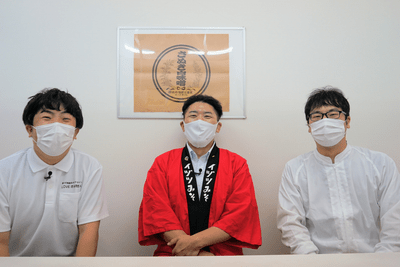
Mr. Tsuji is enthusiastic about trying new things while valuing the traditional taste of white miso, which has been rooted in Kagawa prefecture for a long time.
Mr. Kaji had high expectations for the new possibilities of white miso.
















 Olive products from Kagawa Prefecture
Olive products from Kagawa Prefecture




 Stores handling olive-related products
Stores handling olive-related products











